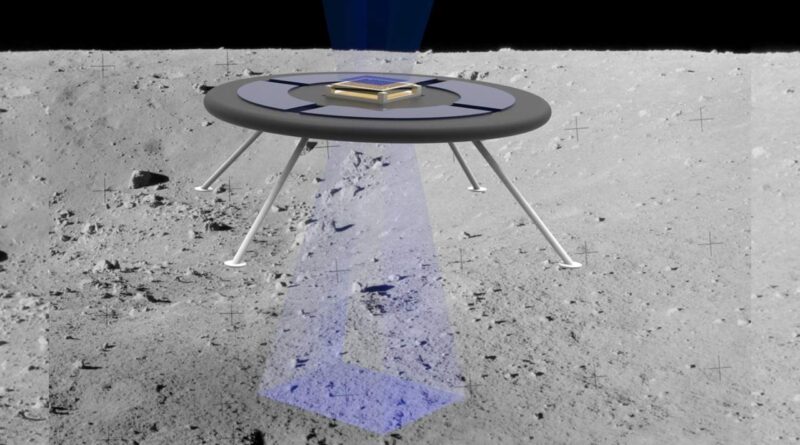This “flying saucer” could give future Moon missions a birds-eye view
The Massachusetts Institute of Technology (MIT) shared that some of its engineers work on a new concept: a flying saucer that could one day explore the moon, some asteroids and other airless surfaces. According to the report of the MIT News Office, the flying saucer would exploit the natural load of the moon to levitate above the ground. Additional research on the subject could bring great advantages, because the possibility of exploring the moon and various asteroids without worrying about the state of the surface can be much safer for the rover.
The concept of MIT can be made possible thanks to several factors, such as the lack of atmosphere on the moon and other airless bodies. Due to being exposed to the sun, as well as the surrounding plasma, the moon and the asteroids are capable of building an electric field. It is thanks to this electric field that the stationary flight rover of MIT can work.
The load of the surface of the moon is powerful enough to levitate the dust over 1 meter above the ground. The MIT report compares this in the way static can lead to the end of your hair. MIT engineers are not the first to consider exploiting the static load of the moon – the idea was explored for the first time by NASA.
How to operate the “flying saucer” of MIT?
The idea of NASA was slightly different than MIT concept engineers are currently exploring. It was a question of using a lifting glider with Mylar wings. As Mylar has the same accusation as the surface of the moon, scientists believe that the two materials returned, allowing the glider to levitate. Although the concept is good, there was a major fault in this one: it would work only with smaller asteroids, considerably limiting the use of the glider. The large planetary bodies create a much higher gravitational traction that would make the mylar glider unnecessary, because it would not be able to levitate under such conditions.
The so-called MIT flight saucer works around these limitations. The plan is to use an ionic force to levitate a vehicle up to 2 books on the moon and large asteroids. By using small propellants ions that the MIT refers to “sources of ionic liquid ions”, the vehicle would gain extra power in levitate. The ion beams will load the voltage disc while also improving the natural static load of the surface.
The engineers involved in the project directed calculations to check if this model could potentially work. Adding additional thrusters that would escape positive ions could be the thing to make rover levitation, even on larger planetary surfaces, such as psyche asteroid. This would require a source of ions of 10 kilovolts, while placing above the surface of the moon would require at least one source of 50 kilovolts.

